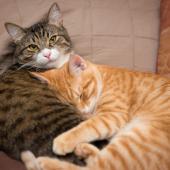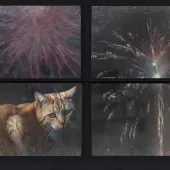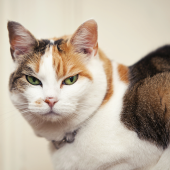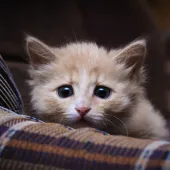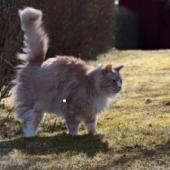Talking to cats
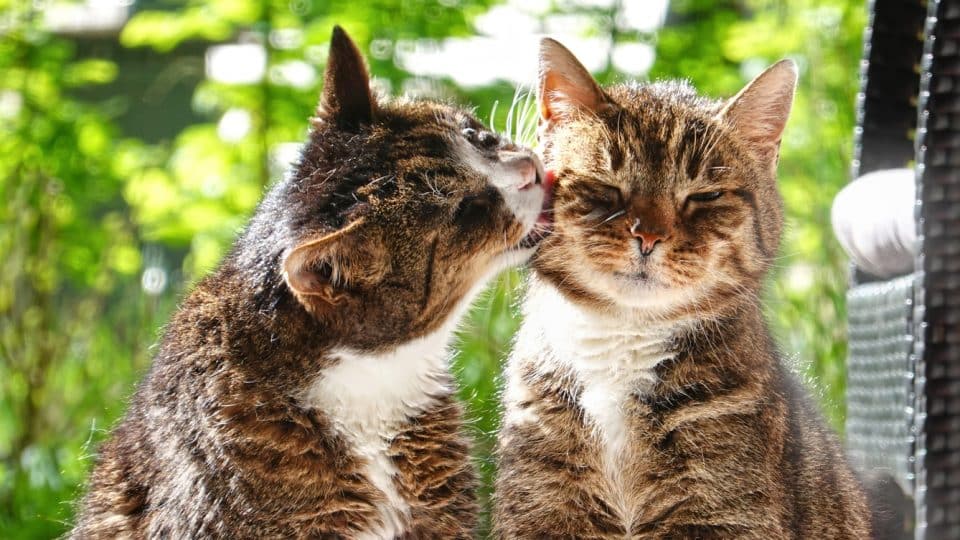
Cats are often mistaken, even though they are popular pets and have been around people for a long time. The African wildcat was a small, solitary, and territorial hunter that rarely met other cats. Because of this, it didn't need to develop a complex visual communication system like dogs and people do. This difference in how people act around others can be hard for owners to understand at times. Cats do, however, tell each other and us how they feel and what they want to do in a number of ways, such as through verbal, tactile, and visual cues.
Signaling with sight
Cats talk to each other visibly through their actions, body language, facial expressions, and piloerection, which is when their fur bristles. Even though they are often very subtle, facial emotions are very important for communicating. Because of this, we should pay extra attention to how the eyes, ears, whiskers, and mouth move or change position.
Ears
Ears that are straight up and facing forward usually mean that a cat is awake or relaxed. Ears that are flattened usually mean that someone is scared, while ears that are rotated usually mean that someone is angry. If the person doesn't back off, both of these emotions can lead to anger.
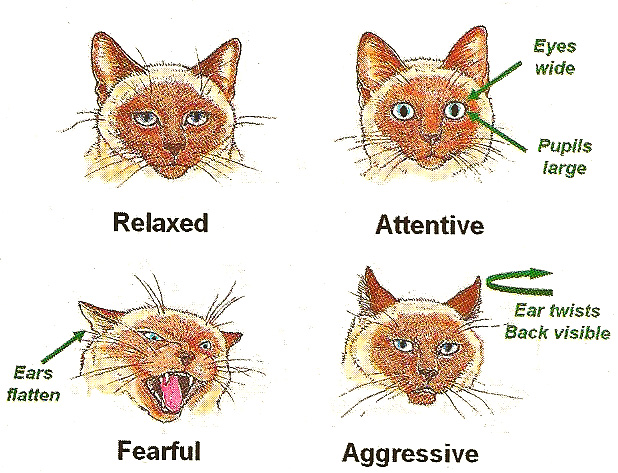
Eyes
When the lighting is normal, pupils that are bigger than usual are generally a sign of increased arousal. This could be caused by a number of emotions, such as fear, excitement, anxiety, or frustration. You can figure out what the cat is feeling by looking at its eyes along with other parts of its body.
In the beginning, cats will avoid looking straight at each other so that they don't fight. If they do fight, though, looking is often what happens. Because of this, looking straight at a cat might make it think you are trying to hurt it. In non-threatening settings, cats often break eye contact, blink slowly (so you can see the blinks), and wink, sometimes with their eyes half-closed. This may mean they are happy.
Cats' whiskers
There is a difference between when a cat is highly aroused and when it is calm. When a cat is calm, its ears are closer together and point straight out from its face. On the other hand, a scared or worried cat might press its whiskers against the side of its face.
The mouth
Lip-licking and eating that is too big or too obvious may go along with scared facial expressions.
Where and how the tail moves
Tail positions and moves can also show how an animal is feeling or what it wants to do. Most people know that when a cat approaches another cat, animal, or person, the "tail up" stance, in which the tail is held vertically and sometimes with the tip of the tail curled to one side, means that the cat wants to be friendly. This friendly move is often accompanied by ears that are straight forward and whiskers that are not tense. It often comes before allorubbing, which is when a cat rubs its body against another cat. If a cat is calm, its tail will be spread out or wrapped loosely around its body.
When a cat is scared, it might thump or thrash its tail while hiding or even lying on its side. In the worst cases, the tail may be held up and piloerection may be done to make the tail and cat look bigger. The piloerection can sometimes go all the way along the spine, and the cat may also have an arched back, which could mean it is feeling protective.
Cats often control the movement of other cats by looking at them and blocking their way. Owners often don't notice this kind of passive violence.
Because rolling around can happen in a lot of different scenarios, it can be hard to figure out how the cat is feeling. When they need to protect themselves, cats can roll over on their backs and show their bellies. That cat might get angry if you touch it in that situation. Rolling is sometimes a nice behavior because it is used to get close and touch.
Touch conversation
Touch is another way cats talk to each other and other animals, even people. Allorubbing, allorooming, and sleeping or resting in physical touch are all forms of friendly tactile communication.
Sometimes a cat will rub its face, body, or tail against another cat or person. People can also touch each other on the nose when they are nice. This is what cats do when they clean someone or another cat. Chemical and olfactory communication will also be involved in both of these behaviors, since they encourage people to share scents and chemical messages (pheromones) with each other. For the same reason, cats will only sleep next to people they have a close bond with.
Talking through voice
Cats also make a lot of different sounds that they use when they are fighting with each other, when they are sexually interacting, when they are interacting with people, and when they are interacting with their kittens. Vocalizations can be roughly split into three groups: those made with the mouth closed (murmur sounds), those made by opening and closing the mouth (vowel sounds), and those made with the mouth open and held open with tension in the face.
Animals make mumbling sounds with their mouths closed, like the purr, trill, and chirrup. These sounds are usually used to greet, pay attention to, or acknowledge someone. The most well-known of these is purring. Kittens purr while they are nursing, and they keep doing this as adults. This behavior is thought to be encouraged by attention from their owners. Because of this, it usually means the cat is happy, especially since it's often seen with other affectionate behaviors like rolling, allorubbing, and allogrooming. There is, however, a second type of purr that cats may use to get attention and show they want to be cared for. Scientists call this higher frequency part of the purr "the cry embedded within the purr." It makes this purr different from the relaxed purr. Some cats also purr when they are in pain, but more research is needed to find out if and how this purr is different from the happy and solicitation purrs.
Trilling and chirruping are also common ways for cats to get along with each other, especially between a mother and a kitten, but they are also used by bonded adult cats and to meet people.
Animals make "meowing" sounds when they open and close their mouths. There are many different miaowing sounds that cats use to express different things. Cats miaow a lot more when they are with people than when they are with other cats. This suggests that they have learned to do it to get attention. Cats often miaow to say hello or to get something they want, like food or to be let outside. If the miaow is caused by anger, it can last longer (both in bouts and as a single sound) and happen more often. There is a lot of variation in the sounds cats make when they miaow, though, and it's possible that cats learn to change the sounds they make depending on the situation and their relationship with their owners. The angry howl and sexual calls made by both males and females are also vowel sounds in this group.
Sounds made with the mouth open, like growls, yowls, snarls, hisses, spits, and pain shrieks, are called "strained-intensity" sounds. All of these sounds are made when someone is being aggressive, either offensively or defensively. Some cats owl during the breeding season and may be linked with growling, which can be used to scare another animal into thinking the cat is bigger than it really is. Growls are low-pitched sounds that bigger animals usually make. The hiss and spit are mostly used to defend oneself.
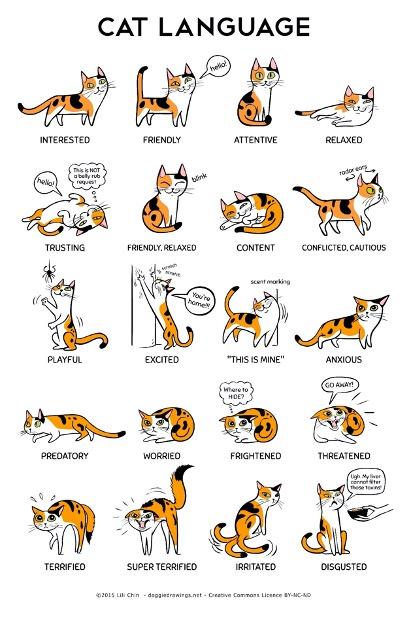
How cats talk to each other
To fully grasp a cat's thoughts and feelings, it is necessary to look at all of its communication methods, including its body language, sounds it makes, and the way it looks at you. These all work together to send specific messages. There are some differences in how cats talk to each other, so knowing about the situation and getting to know each cat will probably help you understand.


